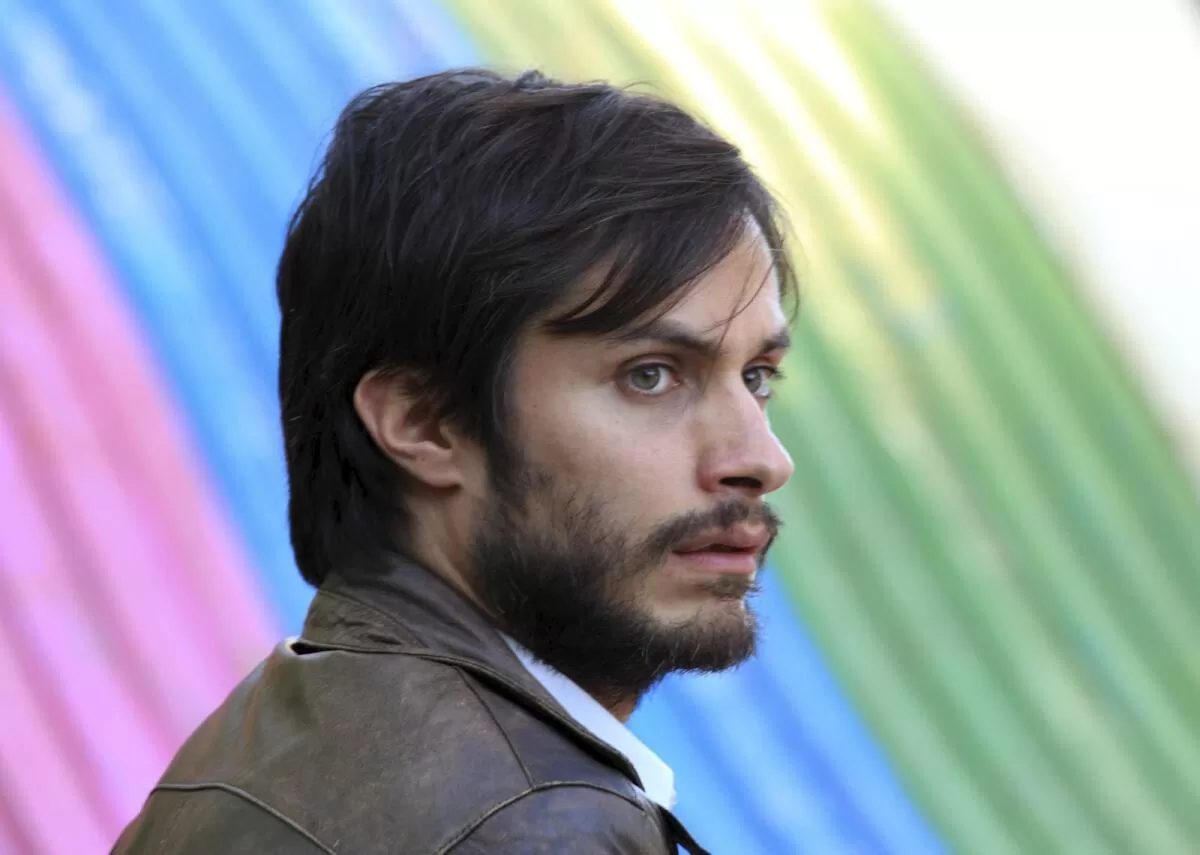After debuting at last year’s SXSW festival, the new documentary “Black Barbie” is now streaming on Netflix, offering a look at the story behind the release of the first Black Barbie doll in 1980 and its impact on representation not only in the toy business but in the culture at large.
In Screen Gab No. 137, we chat with the film’s director, Lagueria Davis, who drew on her own family connection to the iconic doll, and share our recommendations for new documentaries on the fierce (and very real) women of the WNBA and the Dallas Cowboy Cheerleaders.
You are reading Screen Gab newsletter
Sign up to get recommendations for the TV shows and streaming movies you can’t miss, plus exclusive interviews with the talent behind your favorite titles, in your inbox every Friday
You may occasionally receive promotional content from the Los Angeles Times.
ICYMI
Must-read stories you might have missed

Gael Garcia Bernal in a scene from Participant Media’s “No.”
(Tomas Dittburn / Sony Pictures Classics)
The 12 greatest movies from the shuttering Participant Media: Saluting the production company’s socially committed work, we choose our favorites, including major films like “An Inconvenient Truth,” “Flee” and “Spotlight.”
‘Disco: Soundtrack of a Revolution’ documents the flamboyance and fortitude of a genre: Our TV critic Robert Lloyd on a new three-part PBS documentary series exploring disco’s place in the evolution of pop and the liberation movements of the time.
Is Boots Riley the most unlikely showrunner in Hollywood?: The Oakland-based filmmaker, hip-hop MC and political activist discusses his latest comic provocation, Prime Video’s absurdist, anticapitalist miniseries “I’m a Virgo.”
Dearest gentle reader, ‘Bridgerton’ has created a song for the first dance at your wedding: In Season 3, Netflix’s hit romance series debuts its first original song, “All I Want” by Tori Kelly, and incorporates an orchestral version in the end credits of the final episode.
Turn on
Recommendations from the film and TV experts at The Times
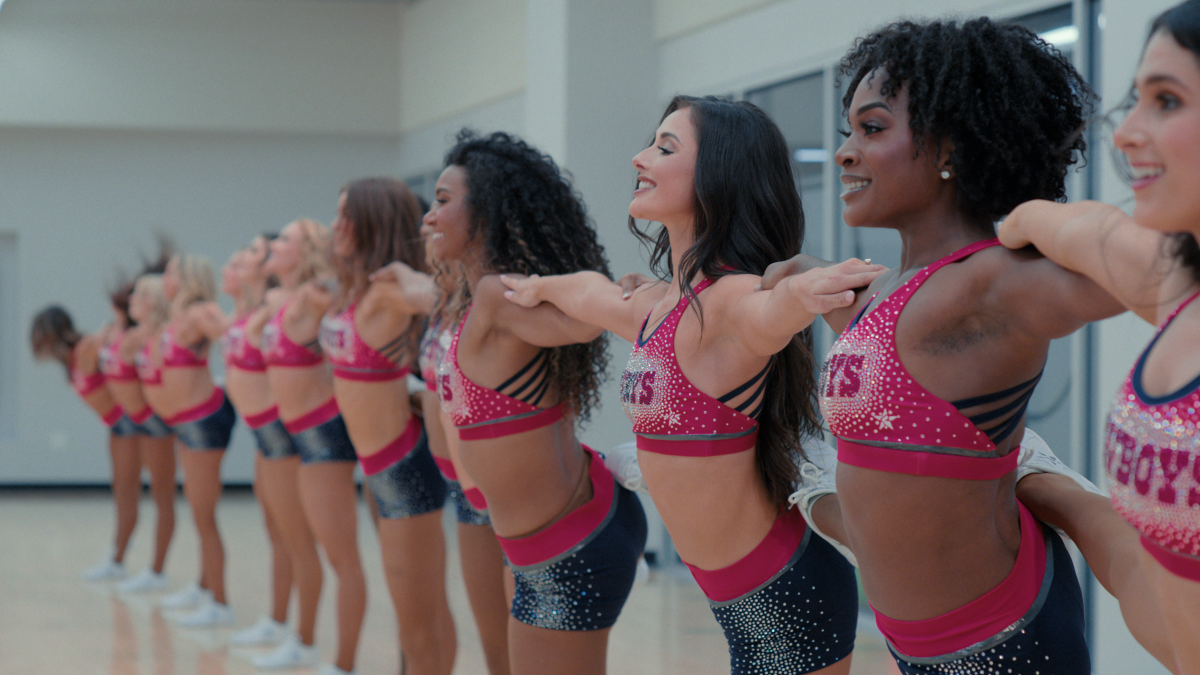
A scene from the Netflix docuseries “America’s Sweethearts: Dallas Cowboys Cheerleaders.”
(Netflix)
“America’s Sweethearts: Dallas Cowboys Cheerleaders” (Netflix)
The NFL has come under fire in recent years for how little it pays cheerleaders, with at least 10 teams facing wage lawsuits from the dancers. In their complaints, the women said they were often paid just a couple hundred of dollars per football season, despite putting in between 30-40 hours of work a week. As a result of the legal claims, some teams say they’ve implemented pay raises, but a 2022 NBC report said the average cheerleader still made around $150 a game. That’s a figure that’s sure to piss you off as you watch Netflix’s new docuseries about the Dallas Cowboys Cheerleaders, which follows a group of young women trying out for a spot on one of the nation’s most competitive squads. The majority of the 36 women who make the team also maintain full-time jobs — there’s an orthodontist, a nurse, a medical sales representative — and then head to practice each weeknight from around 5 p.m. to midnight. In addition to cheering at home games on the weekends, they pose for swimsuit calendars and attend charity events, representing the team with faces of full glam and bodies they work out constantly. As a fan of the long-running but little-seen CMT series “Dallas Cowboys Cheerleaders: Making the Team” — it died in 2021, as did my viewership of anything on CMT — I was thrilled that Netflix picked up the baton to do a deeper dive on these underappreciated athletes. This version of the show allows for more focus on the individual ladies, including Victoria Kalina, a legacy cheerleader who will no doubt prove to be a fan favorite due to her candor about her struggles with self-acceptance. — Amy Kaufman
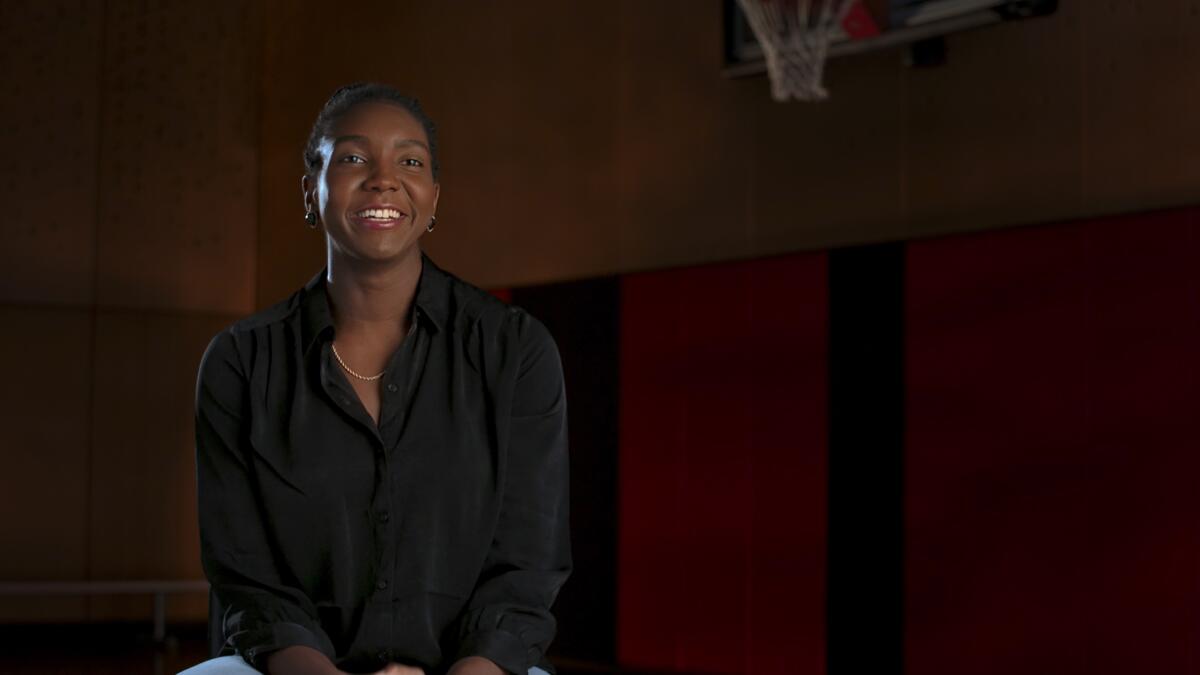
WNBA player Elizabeth Williams, who played on the Atlanta Dream during the 2020 season, in “Power of the Dream.”
(Prime Video)
“Power of the Dream” (Prime Video)
The WNBA is experiencing a surge of popularity with record-breaking viewership this year, thanks in part to a talented class of rookies bringing along the followings they built during their college basketball careers. With all this new attention on the W, the recent release of “Power of the Dream,” a documentary that lays out how social justice and activism are part of the fabric of the league, feels particularly timely. The film chronicles how, during the 2020 WNBA season, amid a pandemic and the racial reckoning in response to the murder of George Floyd and other Black Americans, the entire league came together to take on then-Atlanta Dream co-owner and Republican Sen. Kelly Loeffler and help the Rev. Raphael Warnock, a Democrat, win the 2021 Senate race. At the time, Loeffler had been speaking out against Black Lives Matter and the WNBA players’ activism, insisting that politics had no place in sports. But the WNBA is composed predominantly of Black women as well as a large percentage of LGBTQ+ players: Their existence is political. The documentary offers a compelling look at how W players have been attuned to the social injustices and systemic challenges that impact their lives and the league — and the measurable impact they made when they chose to stand up together. — Tracy Brown
READ MORE: Hollywood said ‘nobody cared’ about women’s sports. Luckily, Sue Bird didn’t listen
Catch up
Everything you need to know about the film or TV series everyone’s talking about
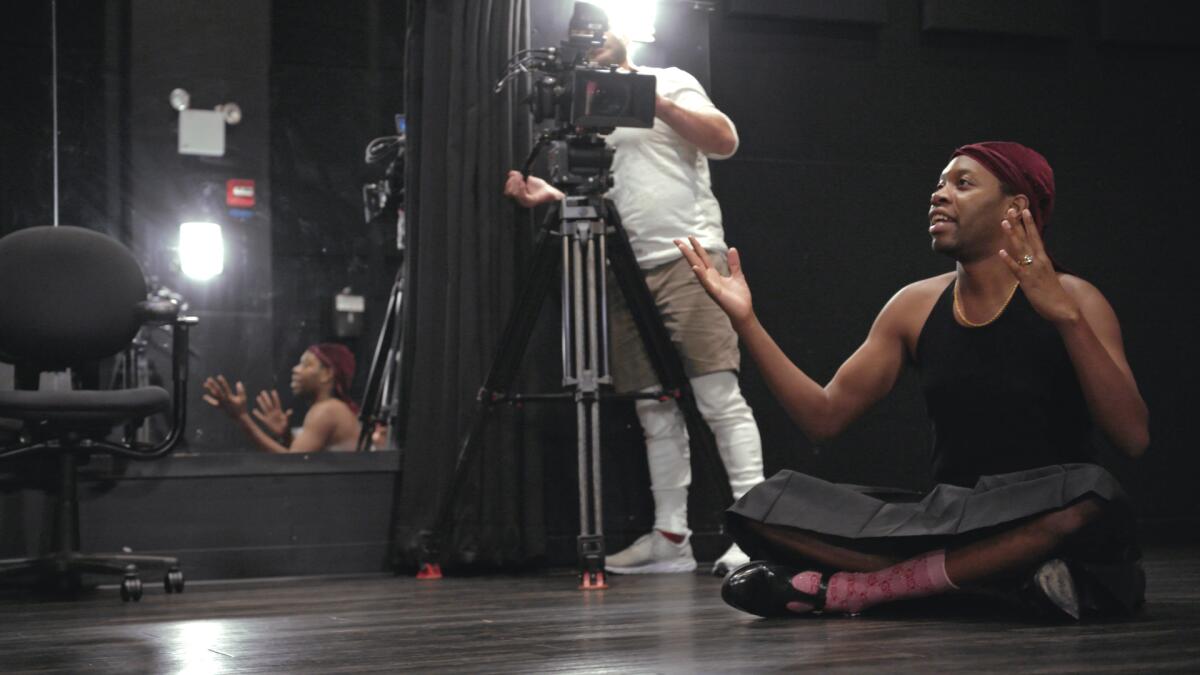
Jeremy O. Harris in the behind-the-scenes doc “Slave Play. Not a Movie. A Play.”
(HBO)
“Slave Play. Not A Movie. A Play.” (Max)
Even if you haven’t seen it, you’ve probably heard of it. I’m talking about Jeremy O. Harris’ “Slave Play,” the layered satire in which three interracial couples try to remedy their fractured sexual connections through some unique and loaded role-playing methods and group therapy sessions. It all takes place at a former plantation in Virginia, and wades into the discomforting topics of racial trauma, slavery, sexual identity and power. The play was first put on in a Yale School of Drama basement in 2017, followed by multiple off-Broadway and Broadway runs and a stint reopening Los Angeles’ Mark Taper Forum after the pandemic shutdowns. Harris also made history as the youngest Black male playwright ever to have a play on Broadway, and with the most Tony-nominated play in history (records since surpassed by “Ain’t No Mo’” playwright Jordan E. Cooper and “Stereophonic,” respectively).
The documentary centers on a two-day workshop Harris led with 23 acting students in New York City: reading through the scenes, deconstructing the text and discussing Harris’ inspirations and intentions. For those who haven’t seen the play — but maybe heard about the disruptions, walkouts, protests or threats of violence — it’s a rare opportunity to experience some of the play’s controversial dialogue and overhear the actors’ discussions as they work on it, especially since the discourse around “Slave Play” remains as thorny among those who’ve seen it. “It’s a challenging play to watch and one that has caused divisive arguments, demands for answers, and criticism,” wrote playwright India Craig-Galván during the play’s L.A. run. “To experience the work sitting in a sea of whiteness is even more of a challenge.” That conversation is about to continue: Later this week, “Slave Play” makes its West End debut, starring “Game of Thrones” actor Kit Harrington and Olivia Washington, daughter of Denzel and Pauletta Washington. — Ashley Lee
Guest spot
A weekly chat with actors, writers, directors and more about what they’re working on — and what they’re watching
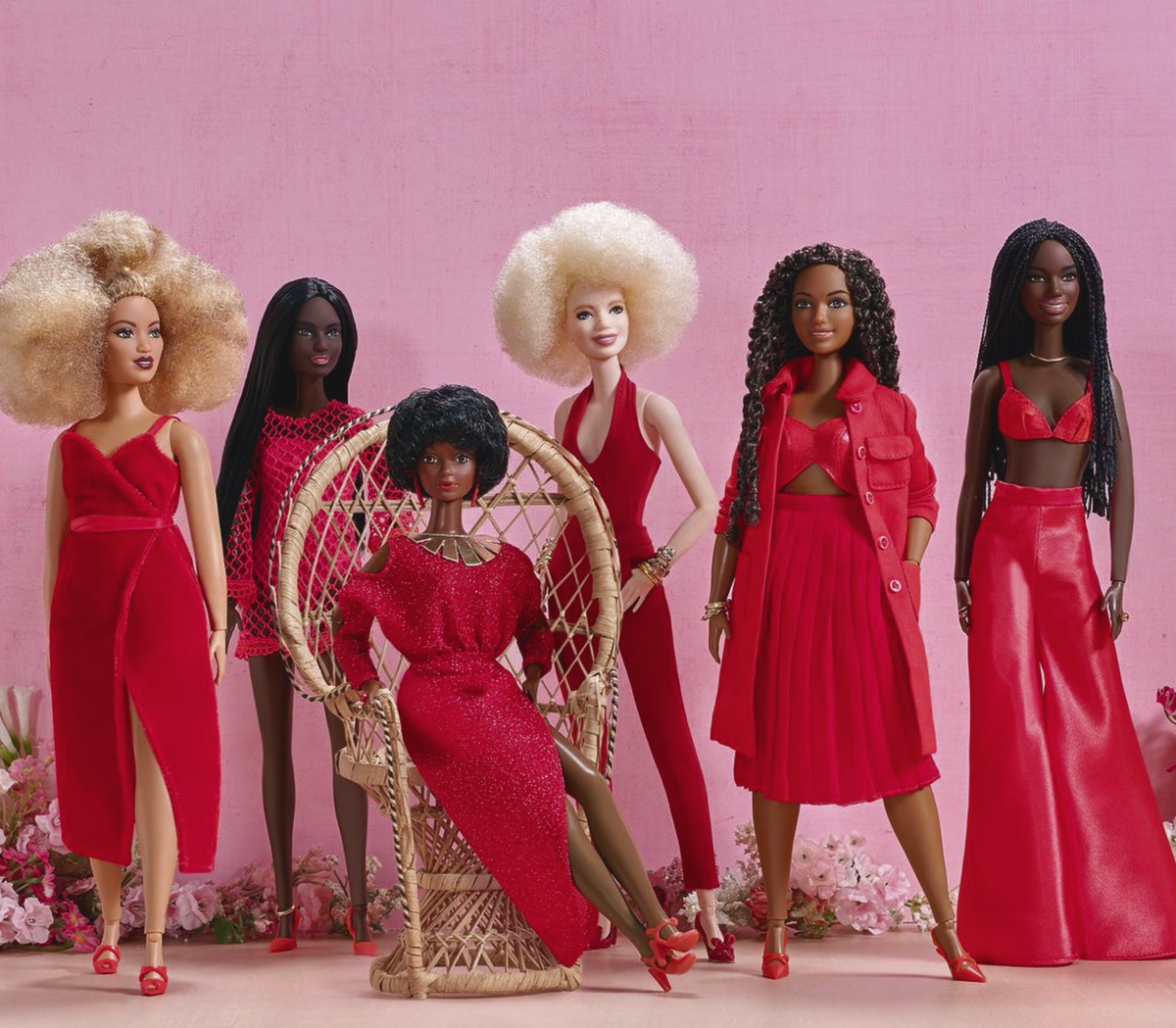
A range of Black Barbie dolls depicted in “Black Barbie.”
(Netflix)
If you think Barbie’s moment has passed now that the “Barbenheimer” phenomenon is in the rearview mirror, think again. Netflix’s new documentary “Black Barbie” chronicles the creation of the first Black Barbie doll in 1980 and dives deep into the vital impact of representation. Through interviews with Mattel employees, psychology experts and Black celebrities who have had Barbies made in their image, including Shonda Rhimes (whose Shondaland produced the film), ballerina Misty Copeland and fencer Ibtihaj Muhammad, the documentary underscores how seeing oneself reflected in pop culture can inspire and empower. Director Lagueria Davis — whose aunt, Beulah Mae Mitchell, worked at Mattel and played a key role in Black Barbie’s creation — stopped by Screen Gab to discuss her own childhood relationship with Barbie, the film that inspired her to be a director and what a “Barbie” sequel centered on Black Barbie might look like. — Josh Rottenberg
What have you watched recently that you are recommending to everyone you know?
“The Regime” [Max]. It’s so unexpected and hilariously dark. Great writing. Beautifully shot. Kate Winslet is perfection.
What’s your go-to “comfort watch,” the film or TV show you return to again and again?
OK, so this is somewhat hard for me, because it really does depend on my mood. I’ll narrow it down to two!
“Love & Basketball,” by [director] Gina Prince-Bythewood and starring Sanaa Lathan [VOD, multiple platforms]. I’m a ball player and just love that movie so much. It made me want to be a filmmaker because I wanted to transport audiences to a period of time, with the imagery, story and music.
“I Love Lucy” [VOD, multiple platforms]. I grew up watching it with my family and laughing. For that reason, it provides comfort to watch and laugh now like we did back then. Honorable mentions go to “Alias” and “A Different World.”
Describe your relationship with Barbie in general and Black Barbie specifically when you were growing up.
Honestly, I really wasn’t interested in dolls, including Barbie, so I didn’t really play with them much. I loved playing with remote control cars, reading books and fixing our broken radios and VCRs. So it’s pretty wild to think that I’m in so deep into the Barbie world by celebrating Black Barbie and the women behind her in our upcoming documentary.
Imagine that a Black Barbie-centered sequel to last year’s “Barbie” has just been greenlit. Which part of the real-life story as told in your documentary would you be most excited to see dramatized?
OMG, this question excites me so much because I can actually see a couple of scripted Black Barbie projects. The first, a scripted version of the documentary that tells the story of my aunt Beulah Mae Mitchell, Kitty Black Perkins and Stacey McBride Irby. I would be excited to dramatize my aunt and Stacey meeting Kitty for the first time and having her show up like the real-life Black Barbie she is. The second would be a scripted Black Barbie project much like the “Barbie” project where Black Barbie and the Black friends of Barbie go on an adventure or two.
